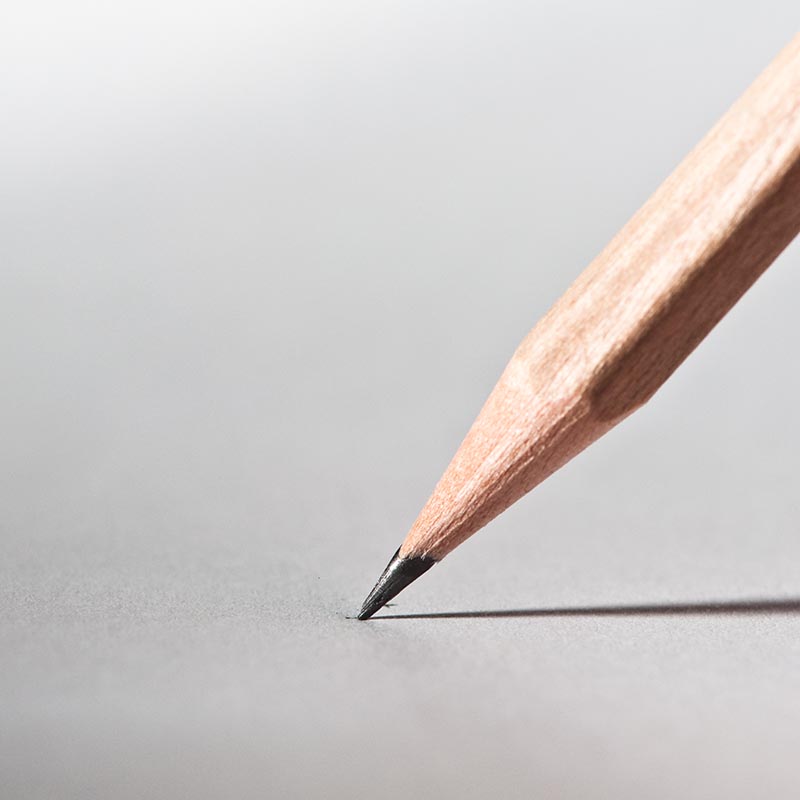
By: Naim B.
Year: 2023
School: Magnolia Science Academy Santa Ana
Grade: 10
Science Teacher: Asiye Dumlu
The human brain is an extraordinary organ, constantly adapting and evolving to navigate the complexities of our ever-changing environment. This remarkable ability to learn and adapt is orchestrated by various regions of the brain, including the temporal lobe and the hippocampus.
Naim’s primary goal in this project was to explore activities that promote the brain’s capacity to learn and adapt to unfamiliar surroundings. To achieve this, participants were tasked with a unique challenge – tracing a 5-point star on a 6″x6″ paper within a tight 3-minute timeframe. However, there was a twist; participants could only use a mirror to view the paper, making the task considerably more challenging.
Participants, after receiving their 6″x6″ paper and a mirror, embarked on their tracing journey. The catch was that they had to rely solely on the mirror reflection to guide their hand. This mirror tracing task aimed to simulate the brain’s ability to adapt to a new perspective and coordinate movements accordingly.
Following the completion of the task, participants were given a survey that inquired about their engagement in various activities such as sports or music. This step aimed to identify any correlations between the participants’ leisure activities and their performance in the mirror tracing exercise.
The participants then repeated the paper tracing task twice more, each time with another 3-minute window. The objective was to observe and analyze how their brains adapted over successive attempts.
Naim’s project yielded intriguing results. As participants continued with the mirror tracing task, their performance improved significantly. This suggested that the human brain has a remarkable ability to adapt quickly when faced with novel challenges.
Moreover, the survey data collected from participants revealed some compelling insights. Activities such as playing musical instruments and engaging in problem-solving activities appeared to play a pivotal role in enhancing participants’ performance in the mirror tracing task. These findings hint at the idea that certain activities stimulate brain plasticity, making individuals more adept at adapting to new environments and tasks.
Naim’s study is far from complete. Data collection is still ongoing, and more participants are being recruited to provide a more comprehensive understanding of the relationship between brain adaptability and various leisure activities. As the project continues, it may uncover even more fascinating insights into the mechanisms behind the brain’s incredible ability to learn and adapt.
